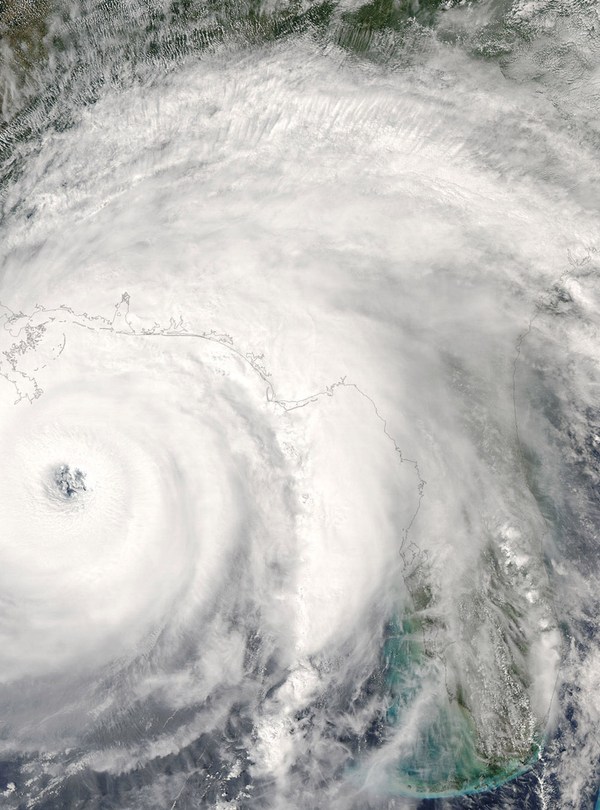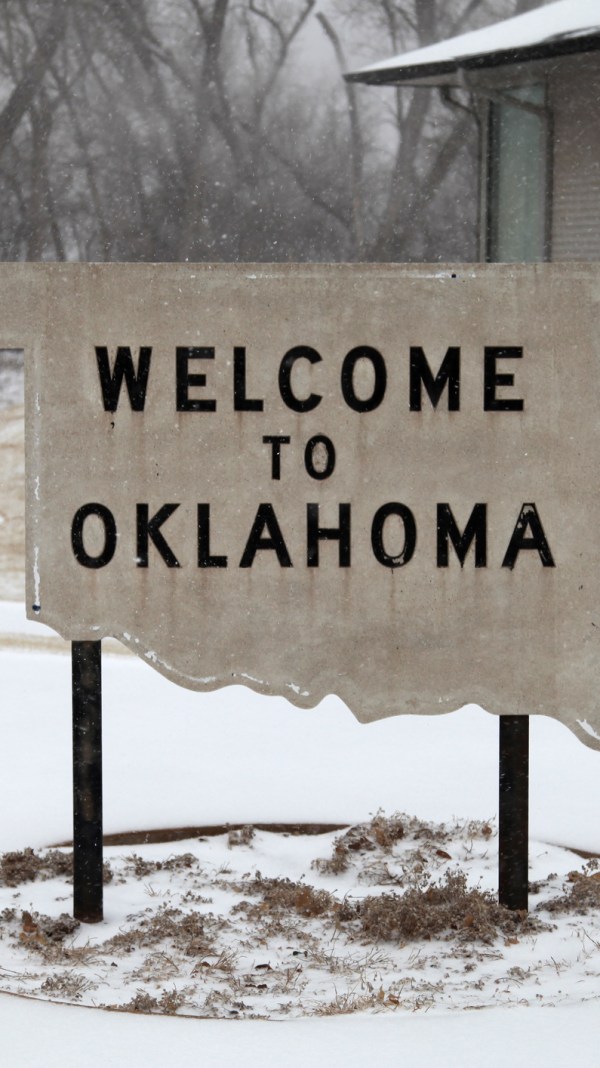[ad_1]
Look who’s getting into the holiday spirit! The IRS announced a new penalty relief to help those who owe back taxes. This will impact approximately 4.7 million individuals, businesses, and tax-exempt organizations that were not sent automated collection reminder notices during the pandemic. This relief will provide about $1 billion in penalty relief, and most of those receiving the penalty relief make under $400,000 a year.
TL;DR
- This penalty relief is automatic
- Taxpayers who may be eligible include individuals, businesses, trusts, estates, and tax-exempt organizations
- To qualify for this relief, the taxpayers assessed tax must be under $100,000
- Taxpayers must have filed certain income tax returns for tax years 2020 or 2021 and must have been in the IRS collection notice process or issued an initial balance due notice between Feb. 5, 2022, and Dec. 7, 2023
- The failure-to-pay penalty will resume on April 1, 2024, for taxpayers eligible for relief
- Taxpayers who are not eligible for this automatic relief also have options and may use existing penalty relief procedures
IRS Offers Penalty Relief and Special Reminder Letter for Overdue Tax Bills
This relief comes after the IRS had temporarily suspended the mailing of automated reminders to pay overdue tax bills starting in February 2022. These reminders would have normally been issued as a follow-up after the initial notice. Although these reminder notices were suspended, the failure-to-pay penalty continues to accrue for taxpayers who did not fully pay their bills in response to the initial balance due notice.
As the IRS takes steps to resume normal collection notices for tax years 2020 and 2021, the IRS will be issuing a special reminder letter, starting in January 2024. The letter will alert the taxpayer of their liability, easy ways to pay, and the amount of penalty relief, if applied. If you owe and are unable to pay your full balance the IRS urges you to visit IRS.gov/payments to make arrangements to resolve your bill.
Moreover, the IRS is also taking steps to waive the failure-to-pay penalties for eligible taxpayers affected by this situation for tax years 2020 and 2021. The IRS estimates 5 million tax returns are eligible for the penalty relief, representing $1 billion in savings to taxpayers, or about $206 per tax return. This penalty relief is automatic.
What action is needed for eligible taxpayers to benefit from IRS adjustments?
In late December 2023 to early January 2024, the IRS will first begin adjusting eligible individual accounts and then follow with adjustments to business accounts. Trusts, estates, and tax-exempt organizations can expect adjustments in late February to early March 2024. Nearly 70% of individual taxpayers receiving this penalty relief have income under $100,000 a year.
“Eligible taxpayers don’t need to take any action to get this relief – it is automatic. Eligible taxpayers who already paid their full balance will benefit from the relief, too.”
Eligible taxpayers don’t need to take any action to get this relief – it is automatic. Eligible taxpayers who already paid their full balance will benefit from the relief, too; if a taxpayer already paid failure-to-pay penalties related to their 2020 and 2021 tax years, the IRS will issue a refund or credit the payment toward another outstanding tax liability.
Who is eligible for penalty relief under the new IRS guidelines?
The penalty relief only applies to eligible taxpayers with assessed tax under $100,000. Eligible taxpayers include individuals, businesses, trusts, estates, and tax-exempt organizations that filed certain Forms 1040, 1120, 1041, and 990-T income tax returns for tax years 2020 or 2021 with an assessed tax of less than $100,000, and that were in the IRS collection notice process — or were issued an initial balance due notice between Feb. 5, 2022, and Dec. 7, 2023.
The IRS notes that the $100,000 limit applies separately to each return and each entity. The failure-to-pay penalty will resume on April 1, 2024, for taxpayers eligible for relief.
What are the options for taxpayers not eligible for automatic relief?
Taxpayers who are not eligible for this automatic relief also have options. They may use existing penalty relief procedures, such as applying for relief under the reasonable cause criteria or the First-Time Abate program.
IRS Will Resume Automated Collection Notices and Letters for Unpaid Taxes in 2024
The IRS reminds taxpayers that there are a number of payment options and online tools that can help taxpayers with unpaid tax debts, even if it’s a new tax bill or a long-standing tax debt for an unfiled return. The IRS also encourages taxpayers to get an IRS Online Account, where they can see information about an unpaid tax bill or apply for an online payment plan.
The IRS will start sending automated collection notices and letters to people with tax debts from before 2022, and businesses, tax-exempt organizations, trusts and estates with tax debts from before 2023, with some exceptions for those with existing debt over multiple years. The IRS had paused these notices and letters due to the pandemic and high inventories, but they will gradually start resuming over the next few months. Taxpayers with tax debt from the current year 2022 and third quarter 2023 for businesses have already started receiving automated collection notices this fall.
The pause in collection mailings only affected follow-up reminder mailings. The IRS did not stop sending the initial balance due notices for taxpayers, such as the CP14 and CP161 notices.
Some taxpayers who have had a tax debt for a long time have not received a formal letter or notice from the IRS in over a year due to the pause. To help these taxpayers as normal processes resume, the IRS will issue a special reminder letter, starting next month, to alert them of the liability and direct them to contact the IRS or make alternative arrangements to resolve the bill. Tax professionals and taxpayers will see these reminder letters in the form of letter LT38, Reminder, Notice Resumption.
After receiving the reminder mailing, taxpayers with long-standing unresolved tax issues will receive the next notice, informing them of a more serious step in the tax collection process.
The IRS urges taxpayers to read any letter or notice they receive carefully before calling the IRS. There are also important resources available to get help for tax debt on IRS.gov.
The IRS will issue these balance due notices and letters gradually next year to ensure taxpayers who have questions or need help are able to reach an IRS assistor.
No matter what moves you made last year, TurboTax will make them count on your taxes. Whether you want to do your taxes yourself or have a TurboTax Expert file for you, we’ll make sure you get every dollar you deserve and your biggest possible refund – guaranteed.
[ad_2]
Source link















